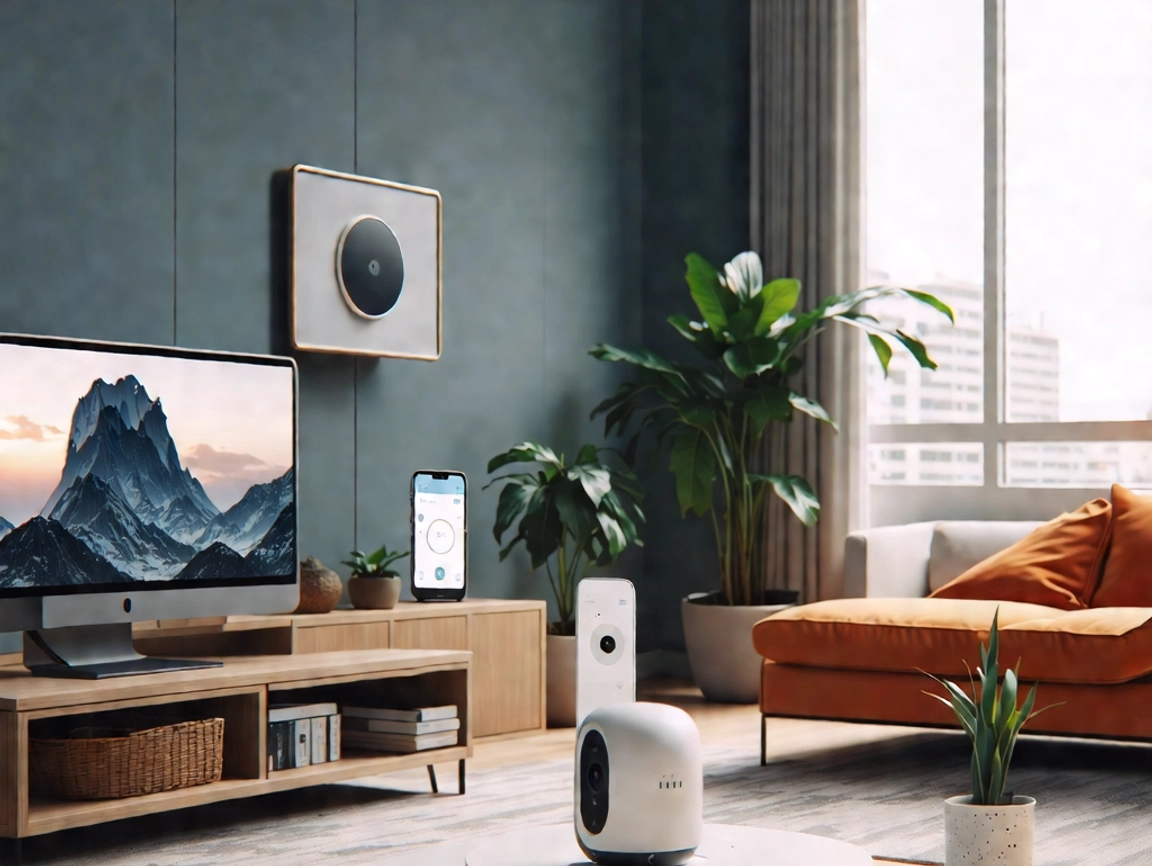The Internet of Things (IoT) in Smart Homes: Revolutionizing Modern Living
The Internet of Things (IoT) has emerged as one of the most transformative technologies of the 21st century, and its impact on smart homes is nothing short of revolutionary. By connecting everyday devices to the internet, IoT enables seamless communication between appliances, systems, and users, creating a more efficient, secure, and convenient living environment. This article explores how IoT is shaping smart homes, its benefits, challenges, and what the future holds for this innovative technology.
What is IoT in Smart Homes?
IoT refers to a network of interconnected devices that communicate and exchange data through the internet. In the context of smart homes, IoT integrates household devices such as thermostats, lighting systems, security cameras, refrigerators, and even voice assistants like Amazon Alexa or Google Home. These devices collect and share data, allowing homeowners to control and automate their homes remotely via smartphones or other connected devices.
Key Applications of IoT in Smart Homes
- Home Automation
IoT enables homeowners to automate routine tasks, such as adjusting the thermostat, turning lights on or off, and controlling entertainment systems. For example, smart thermostats like Nest learn user preferences and adjust the temperature automatically, saving energy and enhancing comfort.
- Enhanced Security
Smart security systems, including IoT-enabled cameras, doorbells, and locks, provide real-time monitoring and alerts. Homeowners can view live footage, receive notifications about suspicious activity, and even grant access to visitors remotely.
- Energy Efficiency
IoT devices help reduce energy consumption by optimizing the use of appliances. Smart lighting systems, for instance, can adjust brightness based on natural light levels or occupancy, while smart plugs can turn off devices when not in use.
- Health and Wellness
IoT is also making waves in health monitoring within smart homes. Devices like smart scales, blood pressure monitors, and air quality sensors can track health metrics and environmental conditions, providing valuable insights for a healthier lifestyle.
- Convenience and Connectivity
Voice assistants and smart hubs act as central control points, allowing users to manage multiple devices with simple voice commands or through a single app. This level of connectivity simplifies daily routines and enhances the overall living experience.
Benefits of IoT in Smart Homes
- Convenience: IoT devices streamline household tasks, saving time and effort.
- Cost Savings: Energy-efficient devices reduce utility bills over time.
- Security: Real-time monitoring and alerts enhance home safety.
- Personalization: Devices adapt to user preferences, offering a tailored experience.
- Remote Access: Control your home from anywhere in the world.
Challenges and Concerns
Despite its many advantages, IoT in smart homes is not without challenges:
- Privacy and Security Risks
Connected devices are vulnerable to hacking and data breaches. Ensuring robust encryption and regular software updates is crucial to protect user data.
- Interoperability Issues
With numerous brands and platforms available, compatibility between devices can be a problem. Standardization efforts are needed to create a seamless ecosystem.
- High Initial Costs
While IoT devices can save money in the long run, the upfront investment can be significant, making it less accessible for some households.
- Dependence on Internet Connectivity
IoT devices rely heavily on a stable internet connection. Any disruption can render them ineffective.
The Future of IoT in Smart Homes
The future of IoT in smart homes looks promising, with advancements in artificial intelligence (AI), 5G connectivity, and edge computing driving innovation. Here are some trends to watch:
- AI-Powered Smart Homes
AI will enable devices to make more intelligent decisions, such as predicting user behavior and automating tasks without manual input.
- 5G Connectivity
The rollout of 5G networks will enhance the speed and reliability of IoT devices, enabling faster data transfer and real-time responses.
- Integration with Smart Cities
Smart homes will increasingly integrate with broader smart city infrastructures, such as energy grids and transportation systems, for a more connected urban experience.
- Sustainability Focus
IoT will play a key role in promoting sustainable living by optimizing resource usage and reducing waste.
Conclusion
The Internet of Things is transforming smart homes into intelligent, responsive spaces that cater to the needs and preferences of their occupants. While challenges like security and interoperability remain, the benefits of convenience, efficiency, and enhanced security make IoT an indispensable part of modern living. As technology continues to evolve, the possibilities for IoT in smart homes are limitless, paving the way for a smarter, more connected future.
